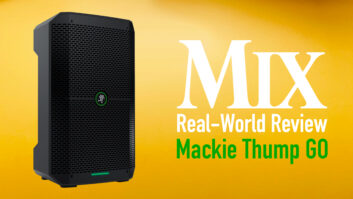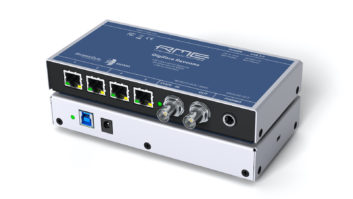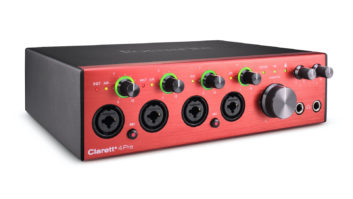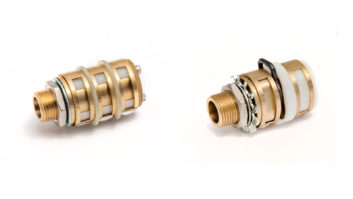I hate it when my students and clients tell me of their sub-par, disposable interfaces and their struggles with intermittent connections, bad converters, driver issues and a lack of headroom. Don’t they know that pro-level performance and durability doesn’t cost a fortune and is worth the extra initial outlay? Case in point, the RME Babyface Pro.
For $749, you get no-compromise, bus-powered operation, a solid aluminum chassis, up to 192 kHz capable, two excellent mic preamps (digitally controlled, individual 48V phantom, relay-driven pad, 76 dB of gain) on XLRs, two more line inputs on 1/4-inch XLR outputs, eight channels of ADAT optical in and out, SPDIF optical I/O, direct latency-free monitoring, MIDI I/O, headphone outputs on both 1/4-inch and 1/8-inch, professional audio quality and some of the best control software I’ve ever seen.
The Babyface Pro (BFP) uses USB 2.0 (USB 3.0-compatible and class-compliant) to connect with your computer, and even though that may limit overall throughput and latency performance compared to a Thunderbolt/USB-C device, in my testing, I found the BFP to be more than adequate. Rather than connect with my full-blown studio, I utilized the BFP like many users would: with my MacBook Pro laptop, some headphones and a need to cut some overdubs.
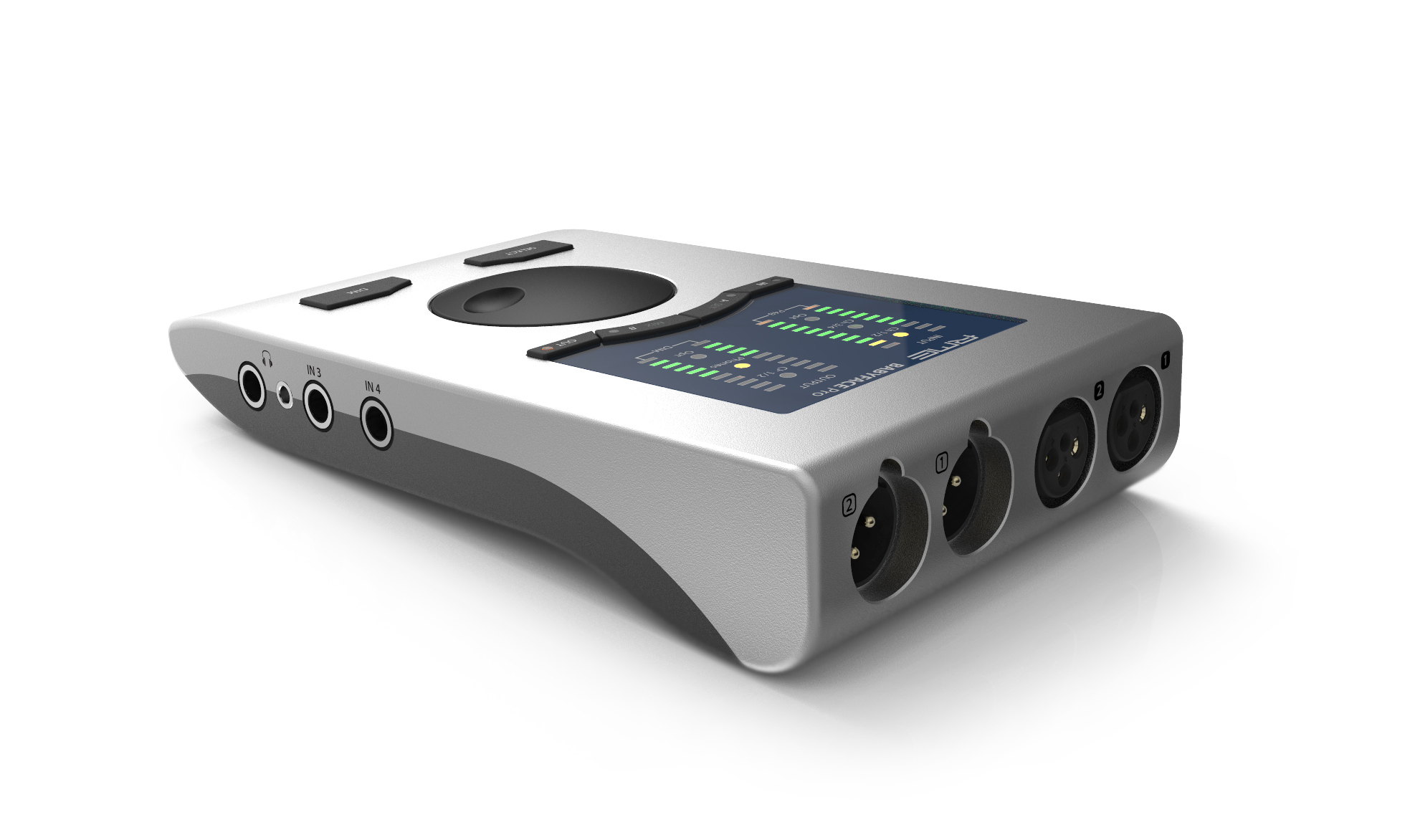
The first thing I noticed about the BFP as I set up my system was that it feels right—its heft and firm connections gave me confidence that the rig would not only stay put on my desktop, but also could survive in a backpack (a nice little carrying case is provided) and keep working for a long while.
Related: Luxembourg Signal Bring On Babyface Pro, April 24, 2018
Even though the BFP works in a standalone mode, TotalMix FX software is included with purchase and you’ll find it both essential and unexpectedly good. This FGPA-based DSP mixer has a powerful set of features that allows more than just routing convenience. The big luxury is being able to apply EQ (3-band plus a low-cut HPF) to an input or an output, allowing “EQ to record,” but reverb (15 algorithms), echo (with variable high-cut and 16 storable settings), stereo width, M-S processing and even polarity reversal features are all available. I particularly liked the control room section (with talkback and cue mix routing), the metering and the ability to make channels “slim” or expand them. Total Mix is even iOS compatible and works with an iPad, although a power adapter is required.
The best way to review gear is to actually get some work done, so I put together a demo idea for a client. Starting with cajon, I used the two mic inputs/preamps to amplify a large diaphragm condenser and a passive ribbon. My condenser mounted up top had nice transient attack and headroom; my ribbon mounted behind and down low needed more gain, which it got cleanly. I went ahead and EQ’d both signals, adding just a touch of slap to the top and a little backside to the bottom. I’ve never been able to “EQ to record” on a portable interface, and let me tell you, it was nice. The mic preamps weren’t particularly thick sounding, like transformer-coupled ones are, but they were nice and open, unrestrained and low in noise.
I ran bass guitar and stereo keys through the 1/4-inch inputs and they were much like the mic preamps—clean, crisp and clear, if not particularly colorful or rich. I ran my synths and drum machine in nice and hot with no issues, but my super-hot bass required almost no gain to avoid clipping and preserve just a little headroom.
Related: NAB 2019: RME Highlights High-Quality, Versatile Audio Solutions for Broadcasters, Podcasters, April 7, 2019
I found myself needing the headphones really loud for some overdubs (my cajon “snare” slaps were so darn loud) and the headphone amp kept up, but just barely. It was easy to change headphone level with the data wheel, which has a good feel and tracks better than some I’ve used. Getting a good headphone mix was easy with TotalMix, which has an abundance of useful features. Those features include talkback, L/R balance control of stereo inputs, mix groups and snapshots(!), all needed by professionals, but yet above and well beyond the norm for portable interface control software. The only thing I found myself missing was a little compression to lightly contain input levels (for what it’s worth, TotalMix does offer dynamics on larger, non-bus-powered models from RME which have a larger, power-hungry FPGA chip).
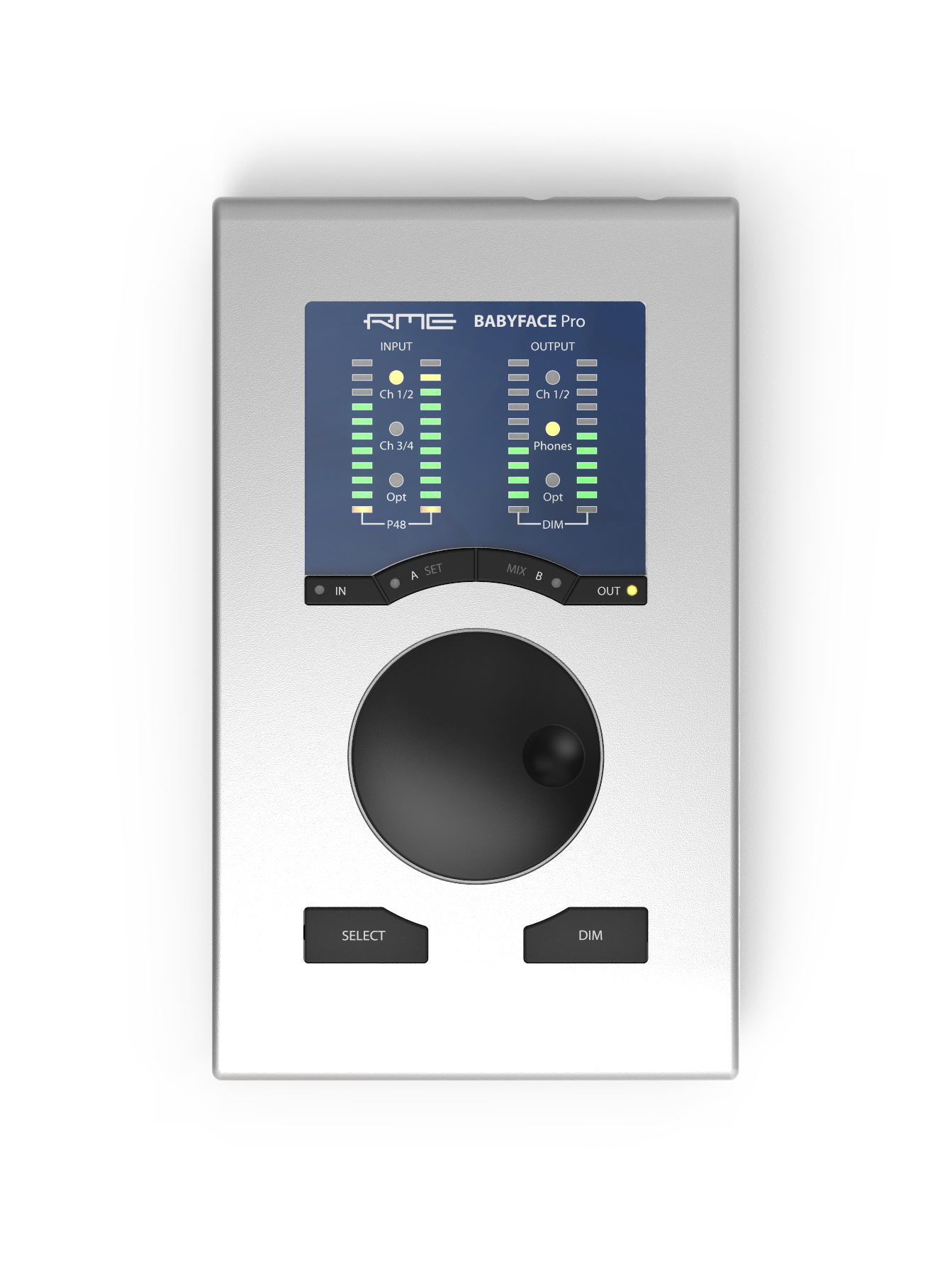
Perhaps most importantly, RME is known for stable drivers, and as tested here on a MacBook Pro, I never had even a hiccup, much less a crash or freeze. In my research, I found that Windows users also find the RME drivers to be dependable, even more dependable than those of the bestselling interfaces in this class, or so they report.
All things considered, the Babyface Pro is a strong contender in a crowded interface market. There are many other interfaces that are as portable and a few that sound equally good, as well as many models that cost less for similar four-analog-input designs. However, the Babyface Pro stands out from that pack with a fantastic chassis, pro-level audio, excellent software and advanced features via that software that are seldom seen on portable devices or budget units.
RME • www.rme-audio.com
Want more stories like this? Subscribe to our newsletter and get it delivered right to your inbox.

